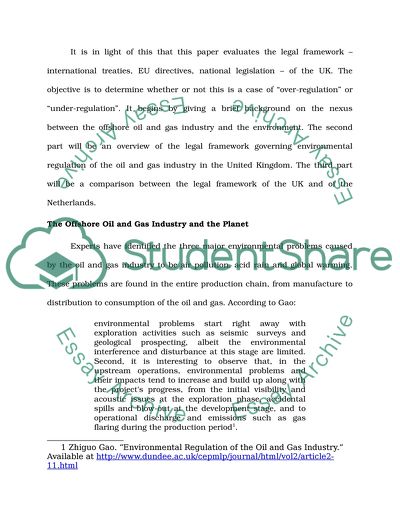Cite this document
(“Legal framework governing environmental regulation of the oil and gas Essay”, n.d.)
Retrieved from https://studentshare.org/law/1394419-legal-framework-governing-environmental-regulation-of-the-oil-and-gas-industry
Retrieved from https://studentshare.org/law/1394419-legal-framework-governing-environmental-regulation-of-the-oil-and-gas-industry
(Legal Framework Governing Environmental Regulation of the Oil and Gas Essay)
https://studentshare.org/law/1394419-legal-framework-governing-environmental-regulation-of-the-oil-and-gas-industry.
https://studentshare.org/law/1394419-legal-framework-governing-environmental-regulation-of-the-oil-and-gas-industry.
“Legal Framework Governing Environmental Regulation of the Oil and Gas Essay”, n.d. https://studentshare.org/law/1394419-legal-framework-governing-environmental-regulation-of-the-oil-and-gas-industry.


